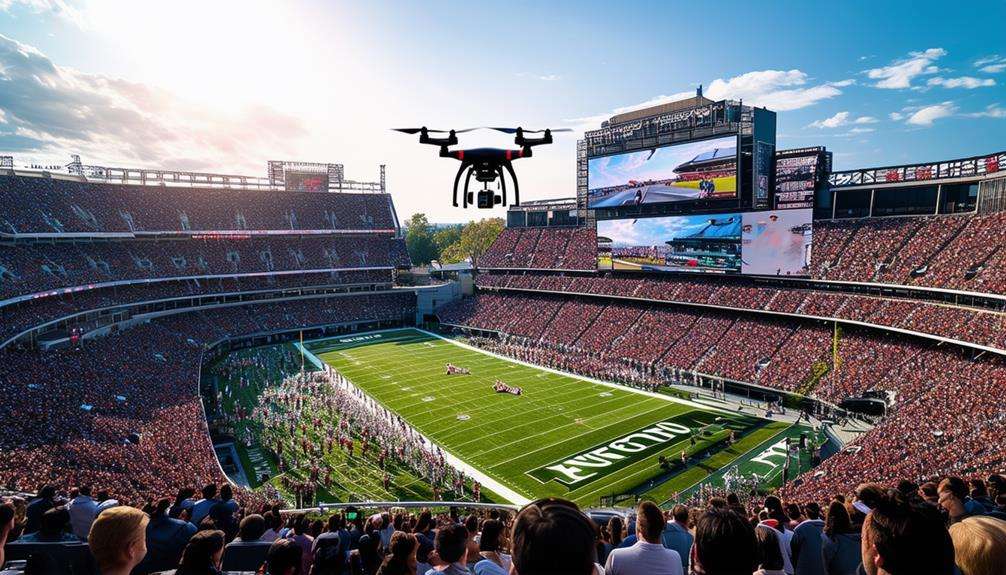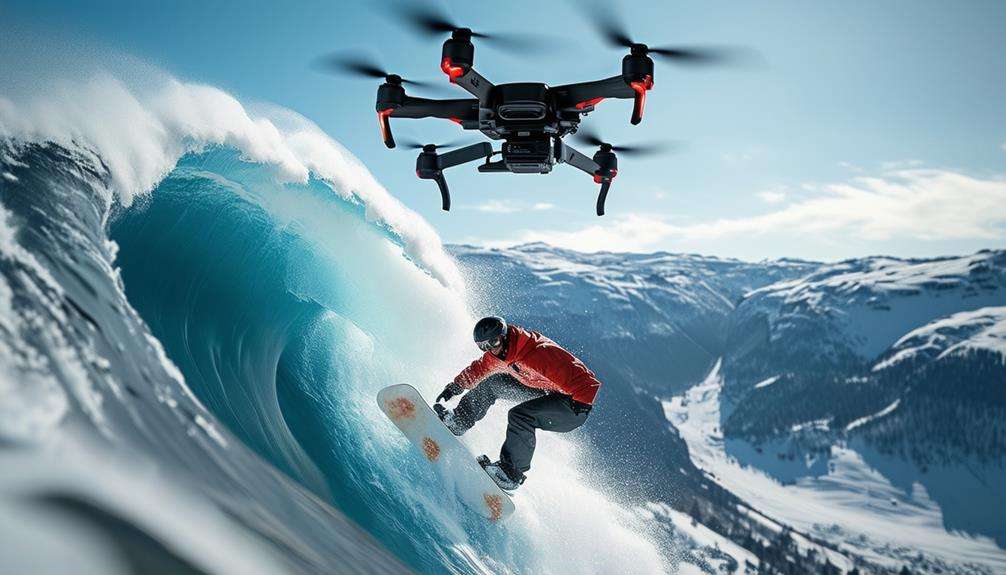The Impact of Drones on Wildlife Documentaries
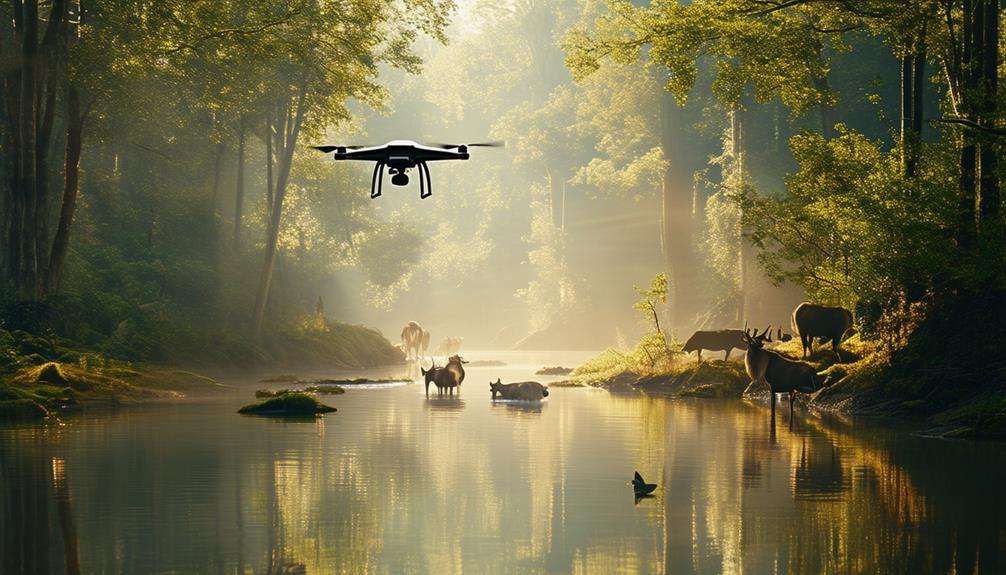
The evolution of wildlife documentaries has been profoundly influenced by the advent of drone technology. Drones have revolutionized aerial filming, providing unprecedented views of animals in their natural habitats without the high costs and logistical challenges associated with traditional methods.
They allow for the capture of intimate behaviors from a distance, ensuring minimal disturbance to wildlife. Beyond the stunning visuals, drones have also significantly impacted the study of animal behavior and conservation efforts. This technology is reshaping our understanding and preservation of the natural world.
Revolutionizing Aerial Filming
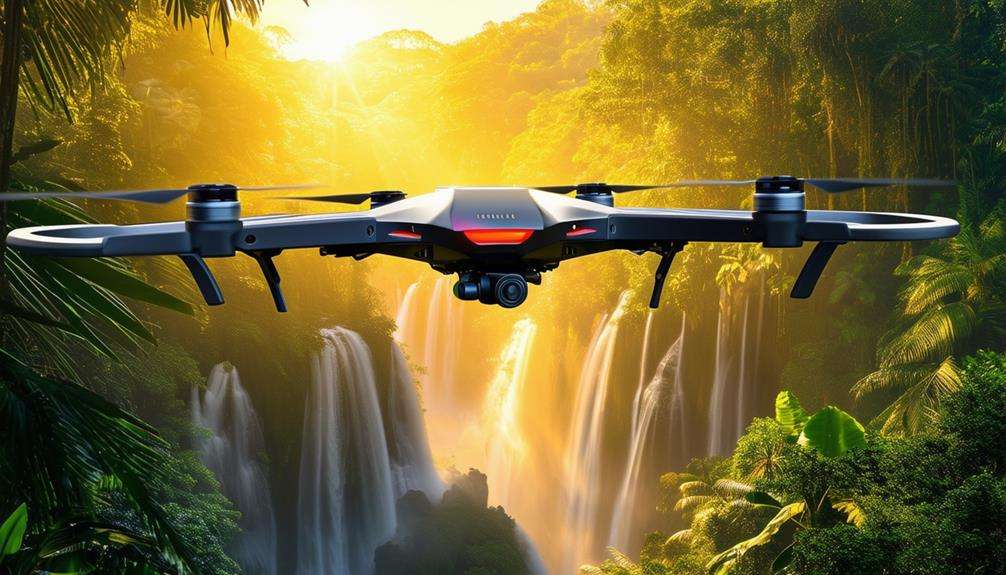
Drones have revolutionized aerial filming in wildlife documentaries, offering filmmakers unique perspectives and cost-effective alternatives to traditional methods. When capturing animals in their natural habitats, drones provide seamless aerial shots that were previously unimaginable. Instead of relying on expensive and noisy helicopters, filmmakers can now use drones to obtain stunning footage from above without disturbing the wildlife.
A significant advantage of using drones in wildlife documentaries is their ability to get close to animals without causing any disruption. Traditional methods often scare animals away, but drones can hover quietly, capturing intimate and natural behaviors from a safe distance. This allows for the documentation of elusive species and rare moments that might be missed with other filming techniques.
Furthermore, drones have made aerial filming more accessible to a broader range of filmmakers. You no longer need a massive budget to achieve breathtaking aerial shots. This democratization of technology fosters more creative and varied storytelling in wildlife documentaries. With drones, filmmakers can showcase vast landscapes and intricate details of ecosystems in ways that captivate and educate audiences, all while keeping costs down and production quality high.
Enhancing Wildlife Behavior Studies
Advancements in drone technology have revolutionized the way filmmakers and researchers capture wildlife behavior, making it more feasible and less intrusive than ever before. By deploying drones, detailed and high-quality footage of animals such as elephants, lions, and African buffalo can be obtained without causing them stress. This innovation allows for extensive aerial surveys and the observation of wildlife in their natural habitats without disturbing them.
Using drones in wildlife behavior studies offers several significant advantages:
| Advantage | Description |
|---|---|
| Minimize Disturbance | Drones reduce human presence, thereby causing less stress to animals. |
| High-Quality Footage | Capture detailed and clear images of wildlife behaviors with advanced cameras. |
| Extended Observation | Conduct prolonged surveys without the limitations imposed by ground-based equipment. |
| Educational Value | Enables local communities to learn the benefits of non-intrusive wildlife research. |
| Ethical Compliance | Adheres to ethical standards, ensuring no stress or harm is inflicted on animals. |
This technology not only enhances the accuracy and depth of wildlife studies but also promotes ethical and educational benefits, making it a valuable tool in conservation efforts.
Accessing Remote Locations
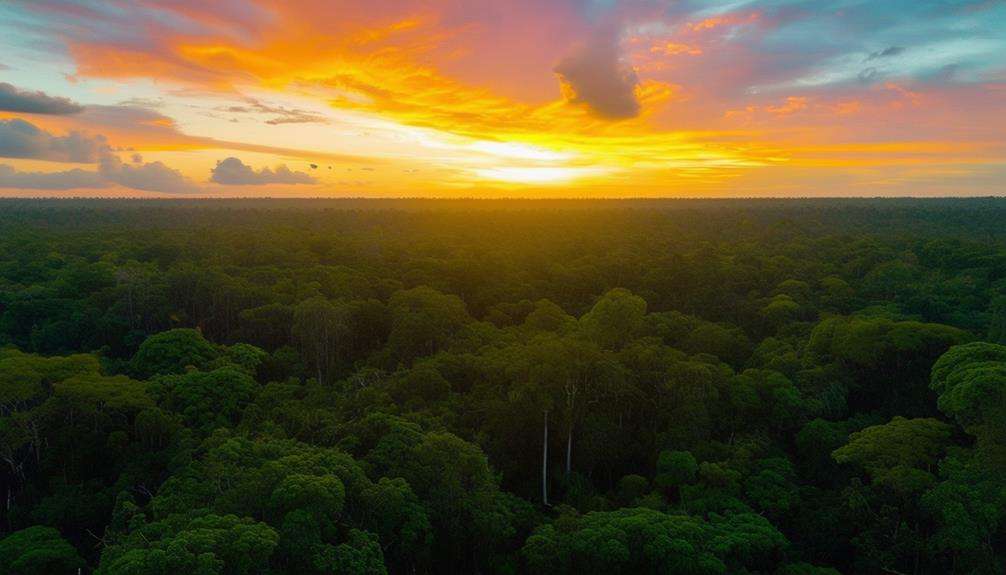
Accessing remote locations for wildlife documentaries has become remarkably more feasible thanks to advanced drone technology. Drones enable filmmakers to reach areas that were previously nearly inaccessible. By employing drones, you can capture footage in challenging terrains such as dense forests or rugged mountains, where traditional equipment would face significant difficulties. This technological advancement allows for the documentation of elusive animal behaviors in their natural habitats.
Consider these three benefits of using drones for wildlife documentaries:
- Unreachable Terrains: Drones allow filming in areas like Arctic regions or deep rainforests, showcasing the beauty and diversity of these pristine landscapes.
- Unique Perspectives: Aerial views enable you to capture footage from angles that provide a fresh perspective on animal behavior, offering a more comprehensive understanding of their lives.
- Minimal Disturbance: Drones facilitate the documentation of wildlife without disturbing them, ensuring that the footage remains natural and authentic.
Non-Intrusive Observation Techniques
Observing wildlife without causing disruption has become more feasible with the advent of drone technology. Drones enable the capture of stunning footage of animals in their natural habitats without disturbing their daily routines. These non-intrusive observation techniques allow for more accurate studies of wildlife behavior. By using drones, researchers can observe animals from a distance, ensuring that human presence doesn't alter the animals' natural actions.
Drones offer a significant advantage for monitoring wildlife in remote areas. Researchers can collect valuable data on animals that would otherwise be difficult to study due to challenging terrain or the risk of causing direct interference. The ability to fly over vast landscapes means detailed footage and behavioral data can be gathered without ever setting foot in the animals' environment.
Employing non-intrusive observation techniques not only facilitates research but also respects wildlife. This approach minimizes stress on the animals, leading to more authentic and reliable data. Drone technology has revolutionized wildlife documentation, making it possible to observe and learn without leaving a footprint. The result? High-quality footage and insights that truly reflect natural wildlife behavior.
Advancing Conservation Efforts
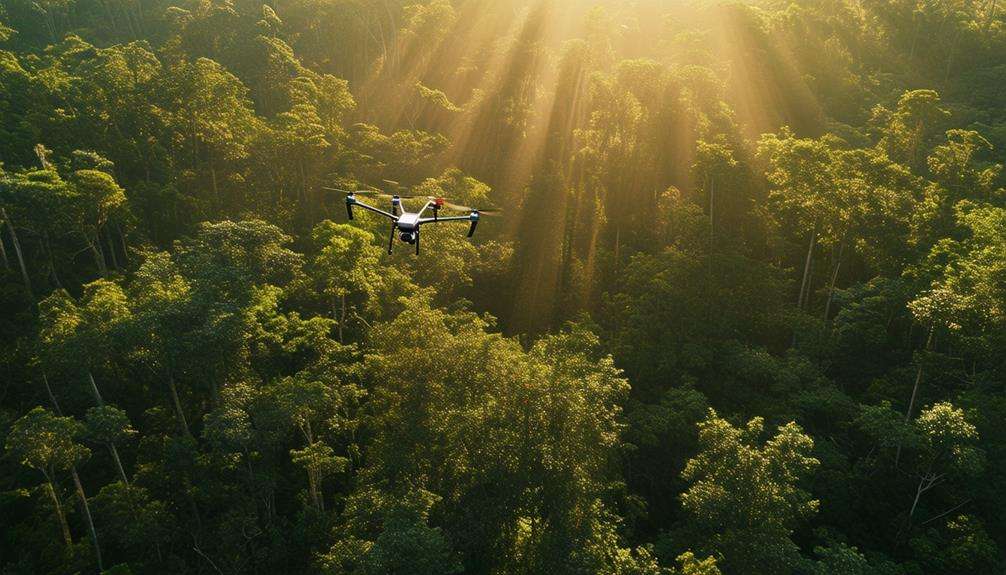
Incorporating drones into wildlife documentaries significantly advances conservation efforts while ensuring minimal disruption to natural habitats. Drones enable efficient monitoring of wildlife movements with less intrusion compared to traditional methods, aiding in precise data collection and creating impactful footage that raises conservation awareness.
Using drones, you can:
- Monitor wildlife movements: Drones offer a bird's-eye view, facilitating the tracking of animal migrations, behaviors, and population dynamics without disturbing their natural environment.
- Engage local communities: Educating local communities on the benefits of drones in wildlife research fosters support for conservation efforts. When locals understand how drones help protect their ecosystems, they're more likely to participate and collaborate.
- Promote conservation awareness: High-quality drone footage showcases the beauty and fragility of natural habitats, compelling global audiences to support conservation initiatives.
Responsible drone usage, adhering to acclimatization protocols, ensures minimal disturbance to wildlife. By engaging local communities and leveraging the unique capabilities of drones, you can meaningfully and sustainably advance conservation efforts.
Conclusion
Drones have revolutionized wildlife documentaries by providing stunning aerial footage. They improve behavioral studies and access remote locations. They enable observation of animals without causing disturbance. This ensures ethically sound filming practices. These advancements contribute to conservation efforts. They offer a deeper and more respectful understanding of the natural world while supporting its preservation.


